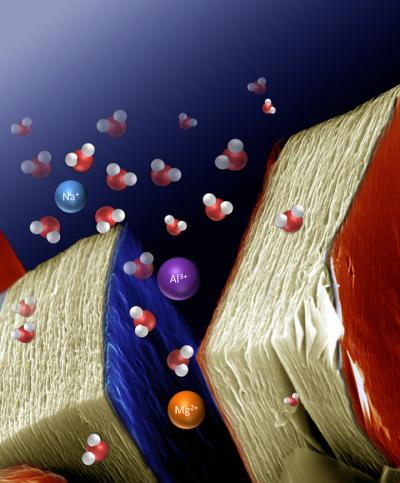
This is an SEM of layered MXene along with added illustration of intercalated ions between layers. (Credit: Copyright Science, original image credit: M. Lukatskaya, Y. Dall'Agnese, E. Ren, Y. Gogotsi)
| Rus | Eng |
Science 27 September 2013: Vol. 341 no. 6153 pp. 1502-1505. DOI: 10.1126/science.1241488
Cation Intercalation and High Volumetric Capacitance of Two-Dimensional Titanium Carbide
Maria R. Lukatskaya1,2, Olha Mashtalir1,2, Chang E. Ren1,2,*, Yohan Dall’Agnese1,2,3,4, Patrick Rozier3, Pierre Louis Taberna3, Michael Naguib1,2, Patrice Simon3,4, Michel W. Barsoum1, Yury Gogotsi1,2
1Department of Materials Science and Engineering, Drexel University, Philadelphia, PA 19104, USA.
2A. J. Drexel Nanotechnology Institute, Drexel University, Philadelphia, PA 19104, USA.
3Université Paul Sabatier, CIRIMAT UMR CNRS 5085, 118 route de Narbonne, 31062 Toulouse, France.
4Réseau sur le Stockage Electrochimique de l’Energie (RS2E), FR CNRS 3459, France.
Many batteries and capacitors make use of lithium intercalation as a means of storing and transporting charge. Lithium is commonly used because it offers the best energy density, but also because there are difficulties in storing larger cations without disrupting the crystal structure of the host. Lukatskaya et al. developed a series of MX compounds, where M represents a transition metal and X is carbon or nitrogen.The compound Ti3C2 forms a two dimensional layered structure, which is capable of accommodating a wide range of cations, including multivalent ones, either spontaneously or electrochemically.
The intercalation of ions into layered compounds has long been exploited in energy storage devices such as batteries and electrochemical capacitors. However, few host materials are known for ions much larger than lithium. Researchers demonstrated the spontaneous intercalation of cations from aqueous salt solutions between two-dimensional (2D) Ti3C2 MXene layers. MXenes combine 2D conductive carbide layers with a hydrophilic, primarily hydroxyl-terminated surface. A variety of cations, including Na+, K+, NH4+, Mg2+, and Al3+, can also be intercalated electrochemically, offering capacitance in excess of 300 farads per cubic centimeter (much higher than that of porous carbons). This study provides a basis for exploring a large family of 2D carbides and carbonitrides in electrochemical energy storage applications using single- and multivalent ions.
About three years ago, Dr. Michel W. Barsoum and Dr. Yury Gogotsi, professors in Drexel’s College of Engineering, discovered atomically thin, two-dimensional materials -similar to graphene- that have good electrical conductivity and a surface that is hydrophilic, or can hold liquids. They named these new materials “MXenes,” which hearkens to their genesis through the process of etching and exfoliating atomically thin layers of aluminum from layered carbide “MAX phases.” The latter also discovered at Drexel about 15 years ago by Barsoum
Since then, the pair, and their team of materials scientists, have forged ahead in exploring the potential uses of MXenes. Their latest findings are reported in the Sept. 27 issue of Science. In their piece entitled “Cation Intercalation and High Volumetric Capacitance of Two-dimensional Titanium Carbide,”Gogotsi and Barsoum along with Drexel researchers Maria Lukatskaya, Olha Mashtalir, Chang Ren, Yohan Dall’Angese and Michael Naugib and Patrick Rozier, Pierre Louis Taberna and Dr. Patrice Simon from Université Paul Sabatier in France, explain how MXenes can accommodate various ions and molecules between their layers by a process known as intercalation.
Intercalation is sometimes a necessary step in order to exploit the unique properties of two-dimensional materials. For example, placing lithium ions between the MXene sheets makes them good candidates for use as anodes in lithium-ion batteries. The fact that MXenes can accommodate ions and molecules in this way is significant because it expands their ability to store energy.
“Currently, nine MXenes have been reported by our team, but there are likely many more that will be discovered - the MXene-and-ion combinations that have been tested to date are by no means an exhaustive demonstration of the material’s energy storage capabilities,” said Gogotsi, who is also director of the A.J. Drexel Nanotechnology Institute. “So even the impressive capacitances that we are seeing here are probably not the highest possible values to be achieved using MXenes. Intercalation of magnesium and aluminum ions that we observed may also pave the way to development of new kinds of metal ion batteries.”
Barsoum and Gogotsi’s report looks at intercalation of MXenes with a variety of ions, including lithium, sodium, magnesium, potassium, ammonium and aluminum ions. The resulting materials show high energy storage capacities and present another avenue of research in this branch of materials science.
“Two-dimensional, titanium carbide MXene electrodes show excellent volumetric super capacitance of up to 350 F/cm3 due to intercalation of cations between its layers,” Barsoum said. “This capacity is significantly higher than what is currently possible with porous carbon electrodes. In other words, we can now store more energy in smaller volumes, an important consideration as mobile devices get smaller and require more energy”
The researchers also reported on using MXene “paper” electrodes, instead of conventional rolled powder electrodes with a polymer binder. The flexibility of this paper suggests MXenes may also be useful in flexible and wearable energy storage devices, which is another major area of ongoing research at Drexel in collaboration with Professor Genevieve Dion’s Shima Seiki Haute Technology Laboratory.
Source: www.esciencenews.com
RELATED ITEMS:
The research reported in this paper is an exciting advance in this new family of materials for which the applications are just beginning to be envisioned





 Exellent news, our joint patent application with Drexel University on highly porous MAX phase precursor for MXene synthesis published. Congratulations and thanks to all team involved!
Exellent news, our joint patent application with Drexel University on highly porous MAX phase precursor for MXene synthesis published. Congratulations and thanks to all team involved! Last Call! Have you submitted your abstract for IEEE NAP-2025 yet? Join us at the International Symposium on "The MXene Frontier: Transformative Nanomaterials Shaping the Future" – the largest MXene-focused conference in Europe this year! Final Submission Deadline: May 15, 2025. Don’t miss this exclusive opportunity to showcase your research and engage with world leaders in the MXene field!
Last Call! Have you submitted your abstract for IEEE NAP-2025 yet? Join us at the International Symposium on "The MXene Frontier: Transformative Nanomaterials Shaping the Future" – the largest MXene-focused conference in Europe this year! Final Submission Deadline: May 15, 2025. Don’t miss this exclusive opportunity to showcase your research and engage with world leaders in the MXene field! We are excited to announce the publication of latest review article on MXenes in Healthcare. This comprehensive review explores the groundbreaking role of MXenes—an emerging class of 2D materials—in revolutionizing the fields of medical diagnostics and therapeutics. Read the full article here: https://doi.org/10.1039/D4NR04853A.
We are excited to announce the publication of latest review article on MXenes in Healthcare. This comprehensive review explores the groundbreaking role of MXenes—an emerging class of 2D materials—in revolutionizing the fields of medical diagnostics and therapeutics. Read the full article here: https://doi.org/10.1039/D4NR04853A. Congratulations and thank you to our collaborators from TU Wien and CEST for very interesting work and making it published! In this work, an upscalable electrochemical MXene synthesis is presented. Yields of up to 60% electrochemical MXene (EC-MXene) with no byproducts from a single exfoliation cycle are achieved.
Congratulations and thank you to our collaborators from TU Wien and CEST for very interesting work and making it published! In this work, an upscalable electrochemical MXene synthesis is presented. Yields of up to 60% electrochemical MXene (EC-MXene) with no byproducts from a single exfoliation cycle are achieved. Congratulations to all collaborators with this interesting joint work!
Congratulations to all collaborators with this interesting joint work!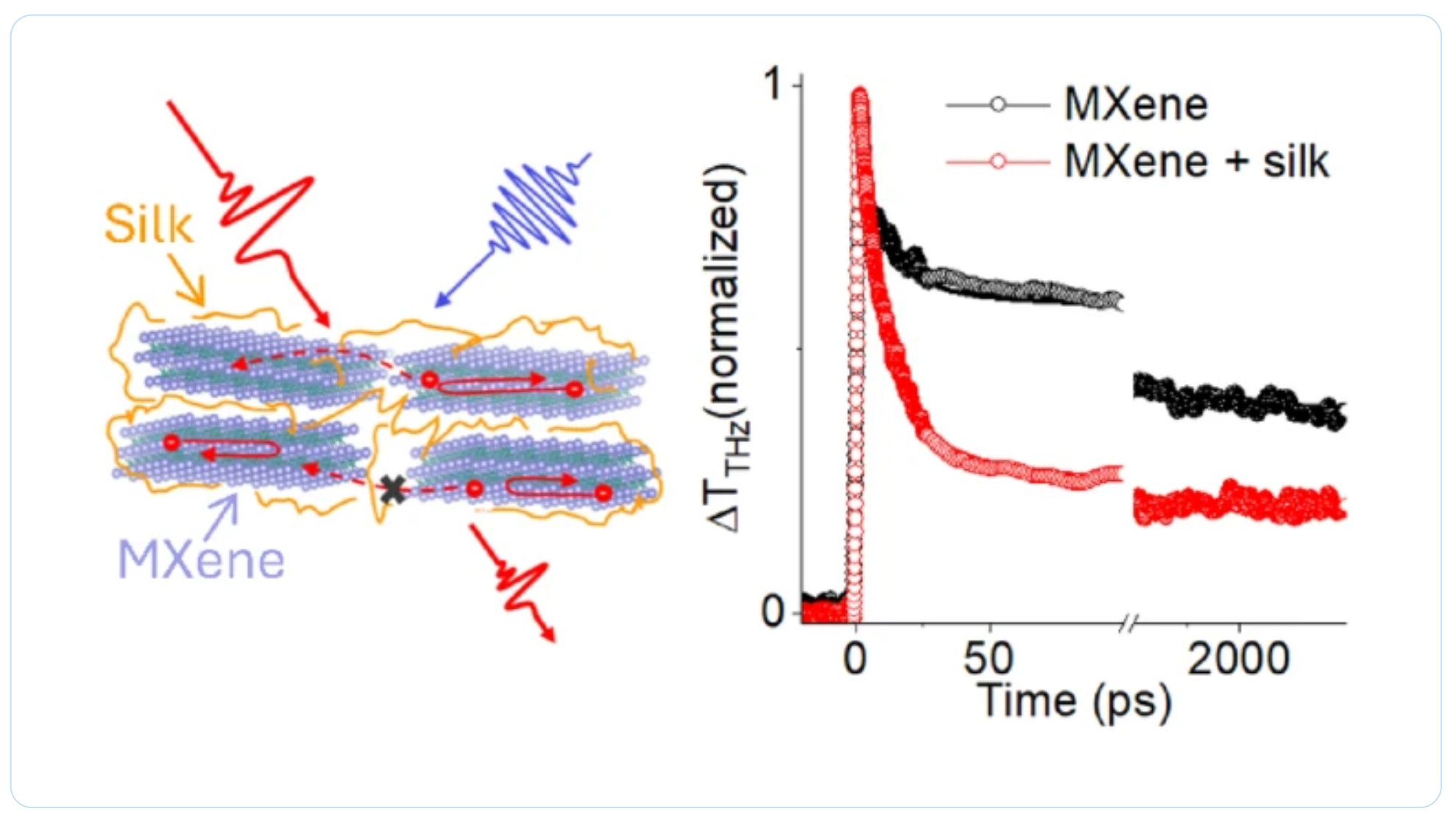 Thank you to our collaborators for the amazing joint work recently published in Graphene and 2D Nanomaterials about MXene–silk fibroin composite films aiming to develop materials with tunable electronic and thermal properties
Thank you to our collaborators for the amazing joint work recently published in Graphene and 2D Nanomaterials about MXene–silk fibroin composite films aiming to develop materials with tunable electronic and thermal properties Dr. Oleksiy Gogotsi, director of MRC and Carbon-Ukraine, innovative companies that are among the leaders on the world MXene market, visited 2024 MRS Fall Meeting & Exhibit. together with Dr. Maksym Pogorielov, Head of Advanced Biomaterials and Biophysics Laboratory, University of Latvia.
Dr. Oleksiy Gogotsi, director of MRC and Carbon-Ukraine, innovative companies that are among the leaders on the world MXene market, visited 2024 MRS Fall Meeting & Exhibit. together with Dr. Maksym Pogorielov, Head of Advanced Biomaterials and Biophysics Laboratory, University of Latvia.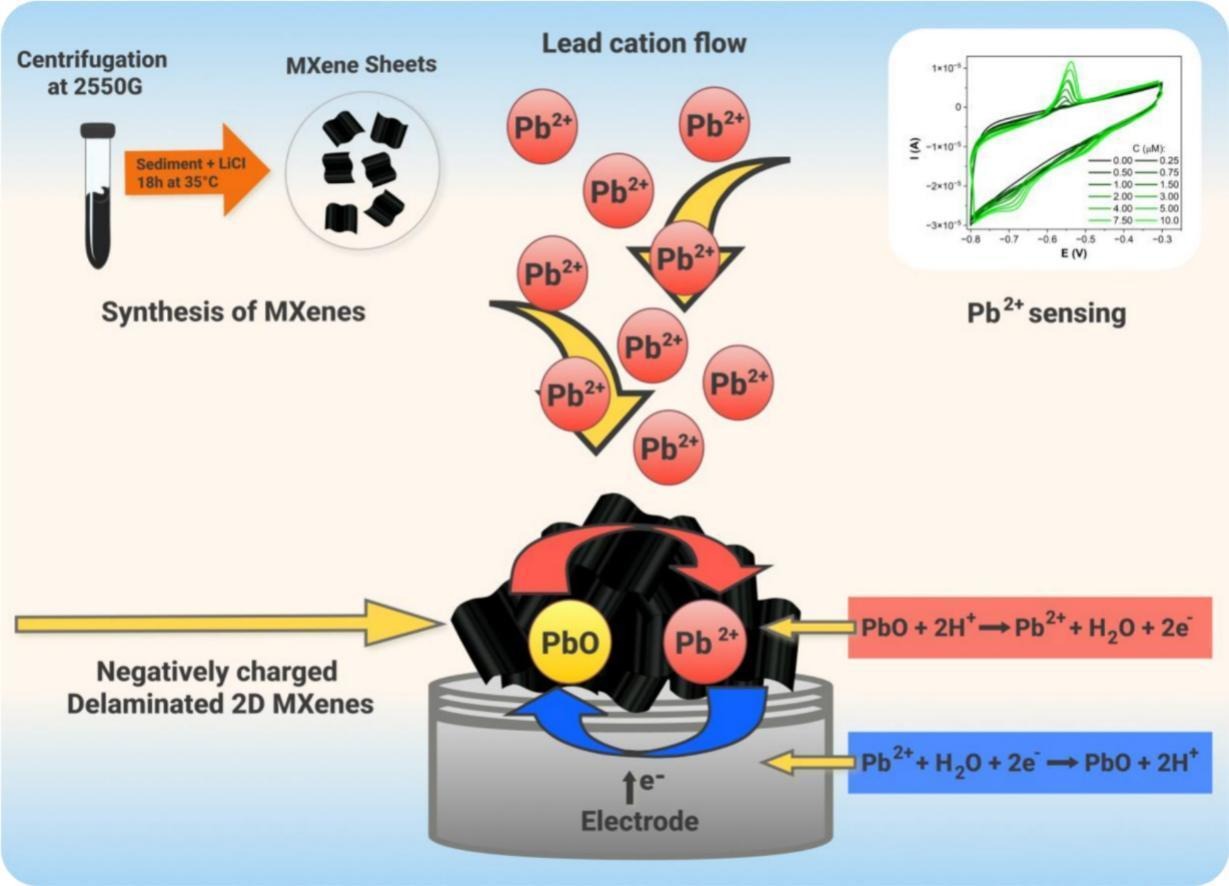
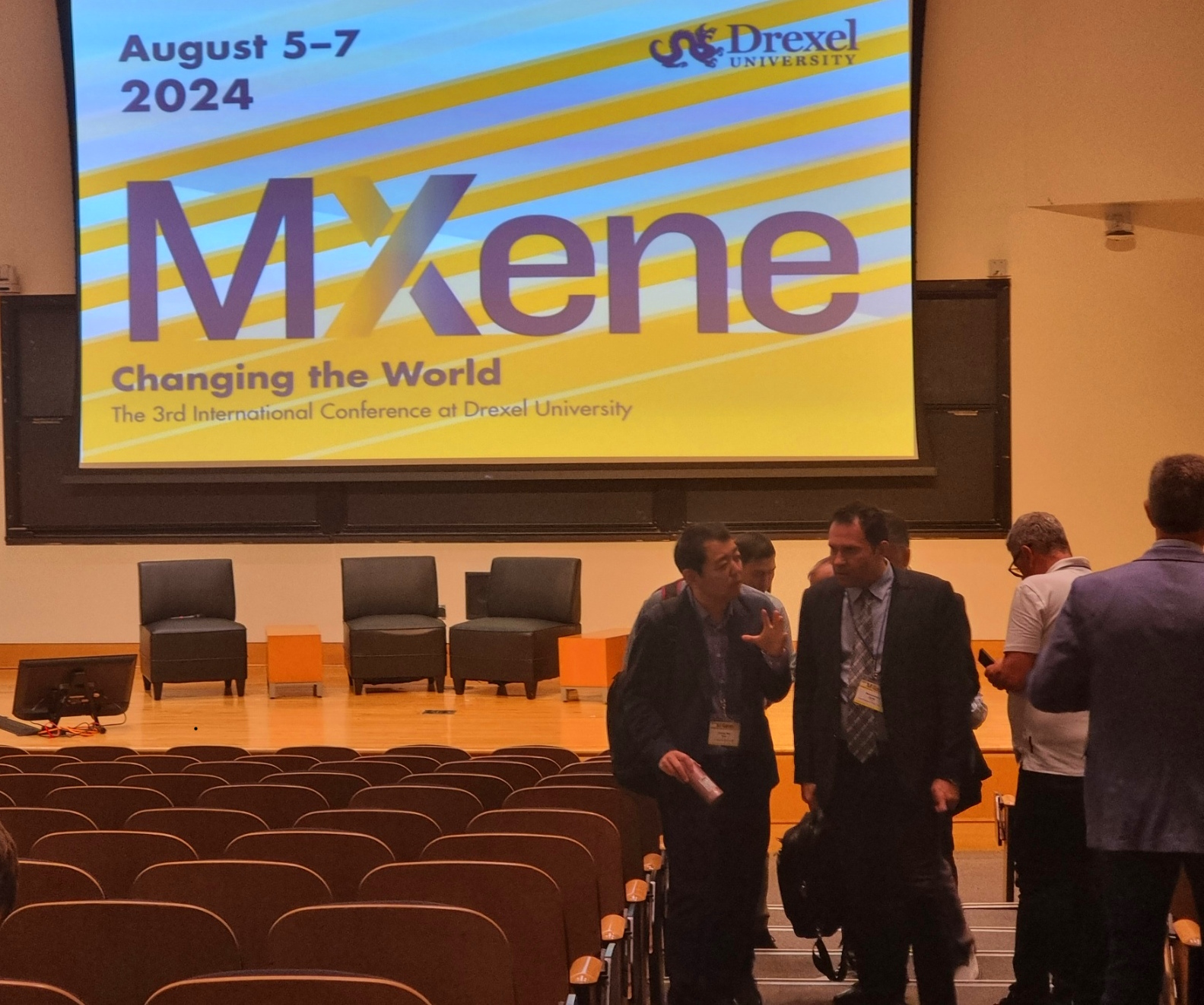 MRC and Carbon-Ukraine team visited the 3rd International MXene conference held at Drexel University on August 5-8, 2024. Conference brought together the best reserchers and leading experts on MXene field.
MRC and Carbon-Ukraine team visited the 3rd International MXene conference held at Drexel University on August 5-8, 2024. Conference brought together the best reserchers and leading experts on MXene field. 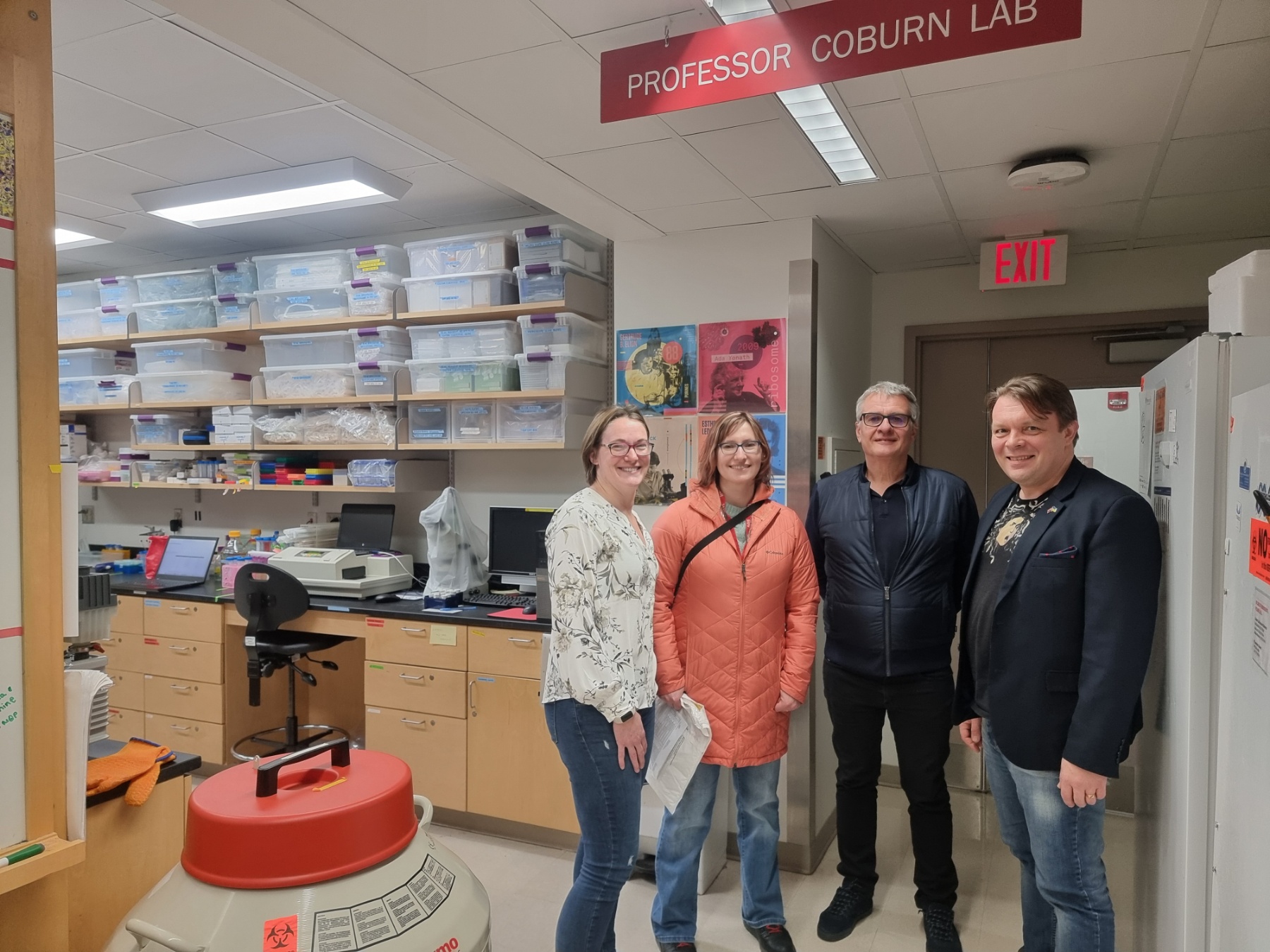
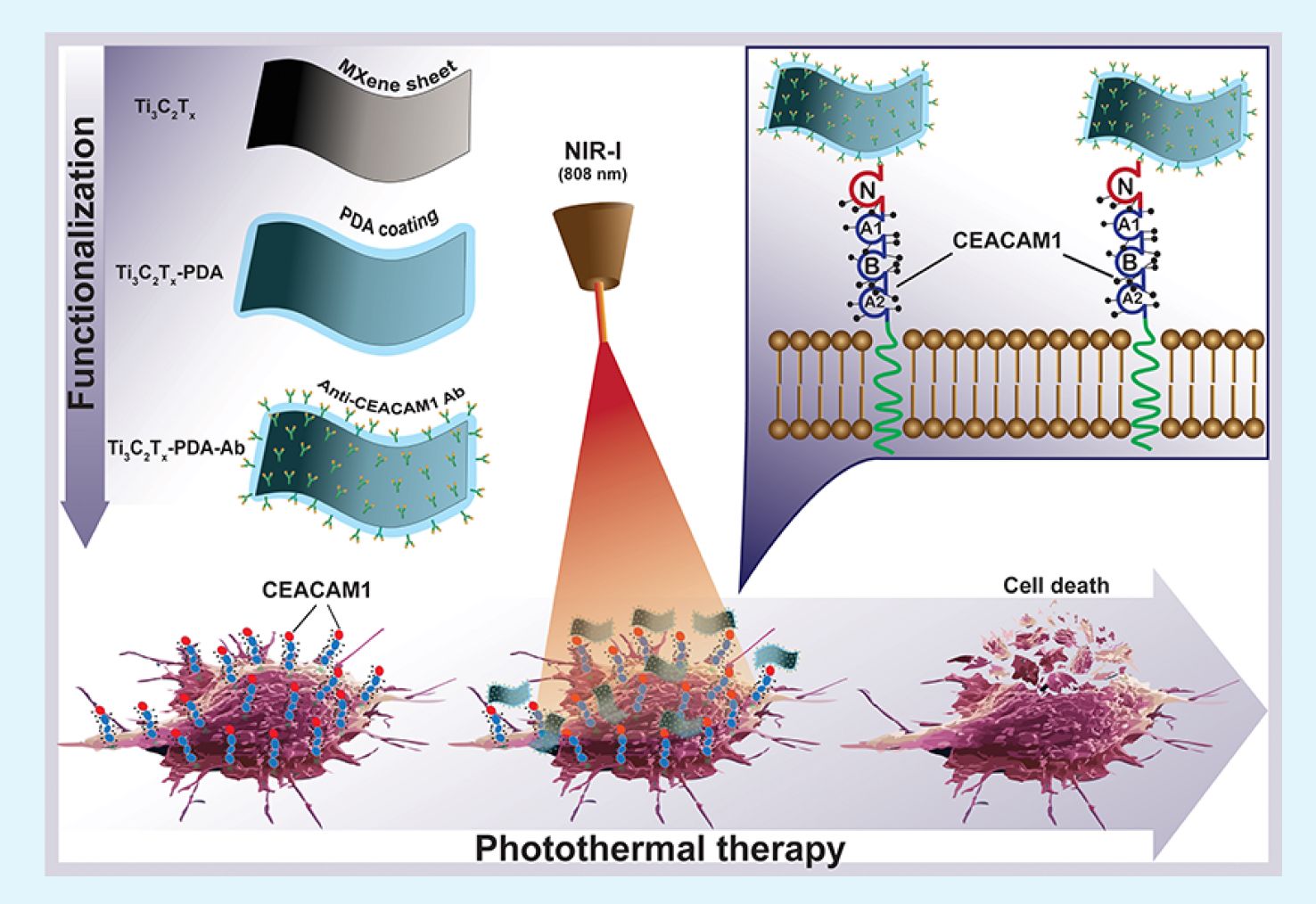 Together with colleagues from the University of Latvia, MRC/Carbone Ukraine, Adam Mickiewicz University, University Clinic Essen, and others, we have developed a novel concept involving the binding of antibodies to MXenes. In our research, we utilized anti-CEACAM1 antibodies to develop targeted photo-thermal therapy for melanoma (in vitro), paving the way for future in vivo studies and clinical trials. For the first time, we demonstrate the feasibility of delivering MXenes specifically targeted to melanoma cells, enabling the effective ablation of cancer cells under near-infrared (NIR) light. This new technique opens up vast potential for the application of MXenes in cancer treatment, diagnostics, drug delivery, and many other medical purposes.
Together with colleagues from the University of Latvia, MRC/Carbone Ukraine, Adam Mickiewicz University, University Clinic Essen, and others, we have developed a novel concept involving the binding of antibodies to MXenes. In our research, we utilized anti-CEACAM1 antibodies to develop targeted photo-thermal therapy for melanoma (in vitro), paving the way for future in vivo studies and clinical trials. For the first time, we demonstrate the feasibility of delivering MXenes specifically targeted to melanoma cells, enabling the effective ablation of cancer cells under near-infrared (NIR) light. This new technique opens up vast potential for the application of MXenes in cancer treatment, diagnostics, drug delivery, and many other medical purposes.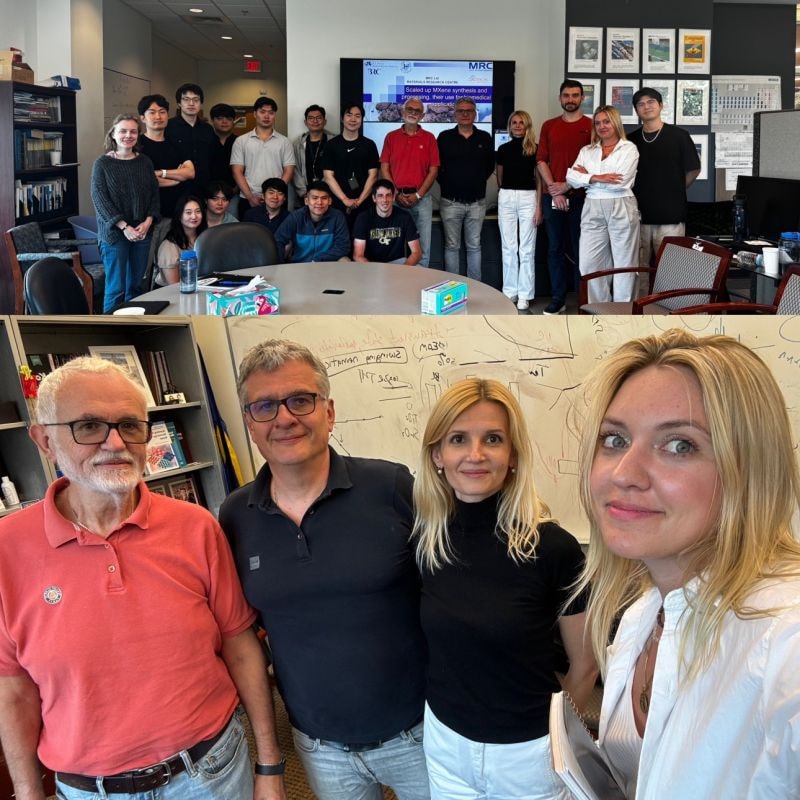

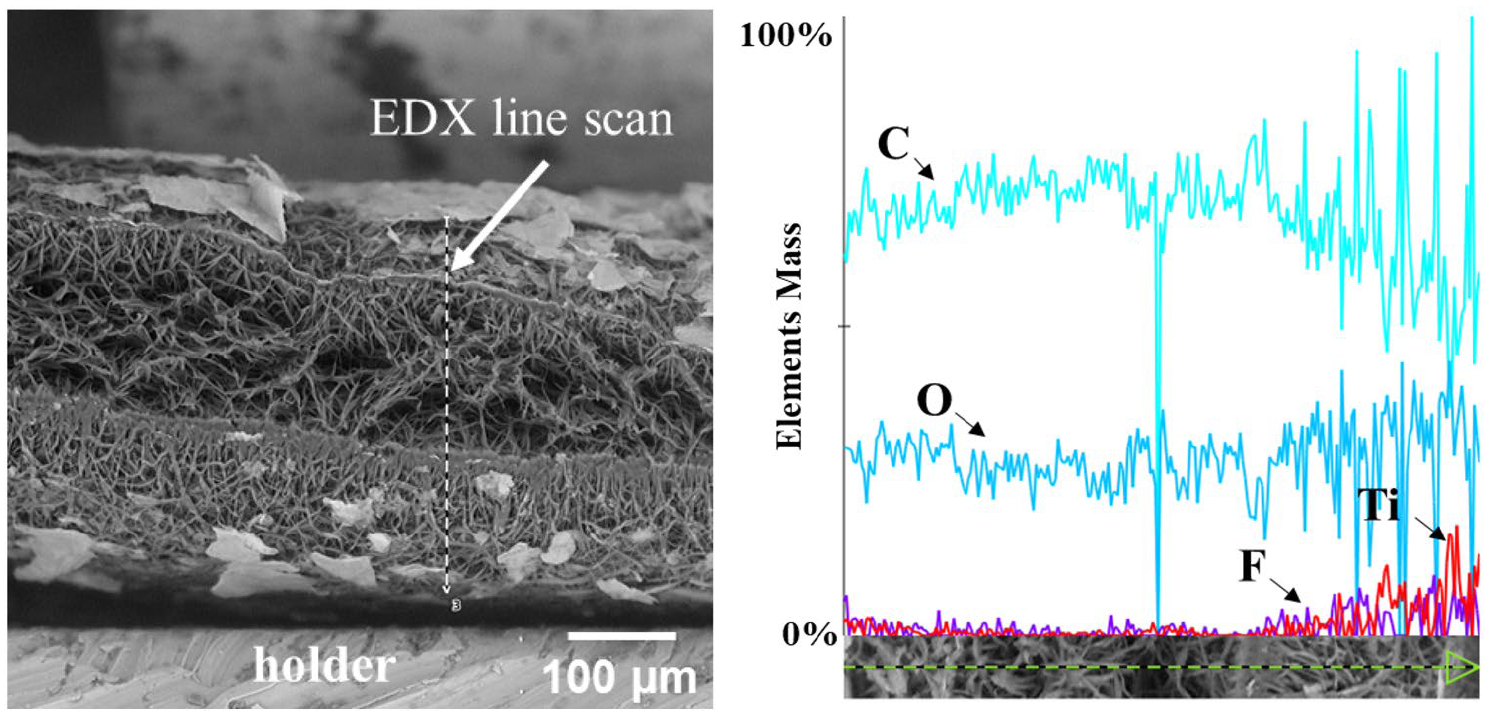 Here we demonstrate a new developed method for depositing Ti3C2Tx MXenes onto hydrophobic electrospun PCL membranes using oxygen plasma treatment. These novel patches hold tremendous potential for providing mechanical support to damaged heart tissue and enabling electrical signal transmission,thereby mimicking the crucial electroconductivity required for normal cardiac function. After a detailed investigation of scaffold-to-cell interplay, including electrical stimulation, novel technology has the potential for clinical application not only for cardiac regeneration, but also as neural and muscular tissue substitutes.
Here we demonstrate a new developed method for depositing Ti3C2Tx MXenes onto hydrophobic electrospun PCL membranes using oxygen plasma treatment. These novel patches hold tremendous potential for providing mechanical support to damaged heart tissue and enabling electrical signal transmission,thereby mimicking the crucial electroconductivity required for normal cardiac function. After a detailed investigation of scaffold-to-cell interplay, including electrical stimulation, novel technology has the potential for clinical application not only for cardiac regeneration, but also as neural and muscular tissue substitutes.